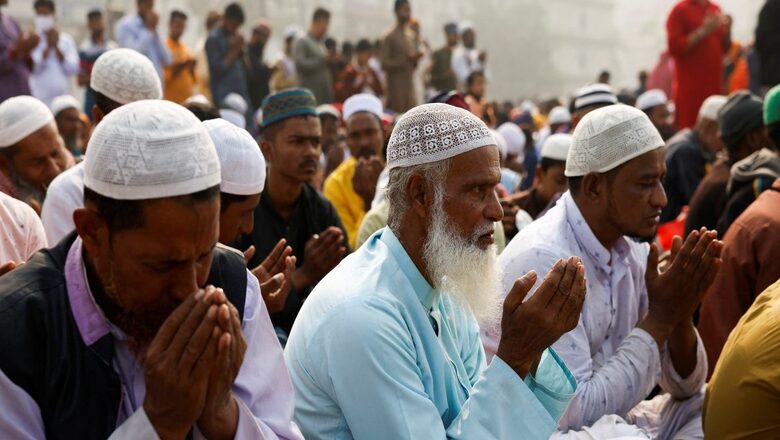
views
The new buzz word in India’s political discourse is ‘Pasmanda Muslims’. Prime Minister Narendra Modi has emphasised the need to remove the plight of this particular section of Muslims. Most of the analysts, observers and political leaders have been viewing the call from BJP’s top leadership on Pasmanda Muslims in context of the potential benefit that the BJP can reap in 2024 polls. But the implications of identifying ‘Pasmanda Muslims’ and catering specifically to their needs are much bigger and would have long term implications.
Before we go into the long term implications, first let us understand who are Pasamanda Muslims and how long they have been fighting against discrimination within Islam in the Indian sub-continent.
Origin and identity
‘Pasmanda’ is a word of Persian origin. It literally means “those who have fallen behind”. In the Indian context, one can say that it broadly refers to Indian Muslims who have remained socio-economically backward. According to various estimates, 85% of the Muslim population in India (which means broadly 10% of India’s population) fall in the category of Pasmanda Muslims.
The origin of Pasmanda Muslims can be traced back to 12th century onwards when Muslim invaders converted Indians into Islam. Almost all of these converts have been Pasmanda Muslims since then.
Ira Mervin Lapidus describes in Muslim Cities in the Later Middle Ages (Pp 83), “The Indian converted Muslims manned the subordinate occupations. The socially rejected tradesmen were weighers, camel and donkey drivers, changers, falconers, cuppers, leather-workers and tanners, jugglers and barbers. The menials included scavengers, entertainers, funeral workers, wrestlers, clowns, players, story-tellers, and singing women moving about in the street, irregularly employed, knocking about for a living, associated with vice and begging, were part of this low class.”
Ziyauddin Barani, an Islamic historian, reveals in his 14th century work Fatawa-i-Jahandari how Muslim elites viewed converted Indian Muslims. Barani clearly said that the “foreign Muslims alone are capable of virtue, kindness, generosity, valour, good deed, good work, truthfulness. On the other hand, low-born (Indian Muslims) are capable of only vices — immodesty, falsehood, miserliness, misappropriation, wrongfulness, lies, evil-speaking, in gratitude, shamelessness, impudence. So they are called low-born, mean, worthless, shameless and of dirty birth.”
The section of Muslims that Barani and Lepidus mentioned are the ones who constitute what we know today as ‘Pasmanda’ Muslims.
Implications in the long run
The biggest implication of identifying Pasmanda Muslims as a backward section which hasn’t been accommodated by the Muslim elite puts a big question mark on the united Islamic identity. This would also, in a way, challenge to the concept of ‘Ummah’ which forms the core of pan-national Islamic identity that has been one of the key catalysts in radicalisation of Muslims in India.
The case of Pasmanda Muslims also busts the myth that conversion to Islam is an anti-dote to caste discrimination in Hindus. In fact, while backward castes amongst Hindus have seen rapid social mobility especially during the last few decades, the social movement of Pasmanda Muslims within the Muslim society has remained either static or rather being reversed.
The debate around the status of Pasmanda Muslims also show that Islam isn’t homogenous in India and hence Muslim leaders who claim to represent all sections of Muslims may not be doing so on ground. To understand this dichotomy between the claims of Muslim leaders and the ground reality, one needs to understand the social structure of Muslims in India
Rémy Delage explained in a research paper (Muslima castes in India) published in 2011 by Institut du Monde Contemporain in their journal La Vie des Idées.
‘In the Muslim social organisation of South Asia, three main hierarchical divisions emerge (Ashraf, Ajlaf, Arzal)… At the top of the hierarchy are the Ashrafs (nobles), of Arab, Persian, Turkish or Afghan origin, who lay claim to a prestigious lineage that can sometimes be traced back to the Prophet (in the case of Sayyids) or his tribe (in the case of Qureshis), and recognized as such by society. The Shaikhs (descendants of the Prophet’s companions), Pathans (descendants of migrants from Afghanistan), and even Mughals (originating in Central Asia and Iran) can also be included in this group. Many Ashrafs are either ulema in the case of the Sayyids, or else landowners, merchants or business people. One’s birth group constitutes a major criterion for defining social status, and the distinction between Arabs and non-Arabs remains fundamental; scholars from the Hanafi school of jurisprudence followed by the Shafi’i school, approved this principle of differentiation between groups at the turn of the 20th century.
At the middle level, Ajlafs (low-born) represent the masses, whose status is defined by both their profession (pesha) — unlike the Ashrafs — and their identity as descendants of converts to Islam. Many castes of intermediate status fall into this category, such as farmers, traders and weavers (Ansari and Julaha). The latter category is often mentioned in recent textual sources legitimising the Muslim social order, particularly those written by doctors of the law or theologians (ulemas) who usually belong to the Sayyid caste, or else it is used pejoratively in daily life to indicate the entire Ajlaf caste. Among the social elite, many Ashrafs — still today in rural areas — even believe that this category is not part of the Indian Muslim community (millat) and should remain outside of any emancipation process.
At the bottom of the social scale come the Arzals (vile, vulgar), in other words a group comprising non-Untouchables and converted “Untouchables” who… practise supposedly impure trades. This was the case of slaughterers, laundrymen (Dhobi), barbers (Nai, Hajjam), tanners and so on. It is important to highlight the fact that… relations between Muslim social groups are governed by a series of social taboos (sharing a table, marriage, sociability) and spatial restrictions (access to domestic areas and places of prayer, segregation in cemeteries and neighbourhoods).’
Betrayal of Pasmandas by Muslim Intellectuals
Muslim intellectuals have also deliberately kept the case of Pasmanda Muslims on the backburner as they mostly belong to elite sections of the society.
Manjur Ali had published an interesting research paper in Economic and Political Weekly (Vol. 56, Issue no. 4, 23 Jan. 2021) where he analysed the thought process of the Muslim elite through their writings.
Ali said, “To understand the current state of mind and issue/s that concern elite Muslims, I have focused on the following books: Seema Mustafa’s Azadi’s Daughter, a Memoir: Being a Secular Muslim in India (2017), Saeed Naqvi’s Being the Other: The Muslim in India (2016), Saeed Akhtar Mirza’s Memory in the Age of Amnesia: A Personal History of Our Times (2018), ¬Nazia Erum’s Mothering a Muslim (2017), Neyaz Farooquee’s An Ordinary Man’s Guide to Radicalism: Growing up Muslim in India (2018), Zameer Uddin Shah’s The Sarkari Mussalman (2018), Zarina Bhatty’s Purdah to Piccadilly: A Muslim Woman’s Struggle for Identity (2016), Ghaus Ansari’s Transience of Life: A Memoir (2017), Hasan Suroor’s India’s Muslim Spring: Why Is Nobody Talking about It? (2014) and Maulana Abul Kalam Azad’s India Wins Freedom (1959).”
Incidentally all of them are Ashraf Muslims which broadly constitute the elite class of Muslims.
Ali observed, “Autobiographies and memoirs of Ashraf Muslims reveal that in their perception and presentation of the issues of Muslims vis-à-vis the state/democracy, secularism becomes a dominant concern, while the question of caste among Muslims is pushed to oblivion.”
He raises a pertinent point, “Why do these authors give a miss to the caste question? I do not allege them to be ‘‘casteist.’’ Although each one belongs to Ashraf, they are also considered as progressive people. They talk about how traditional political and religious leaders have let down the community. Hence, one answer could be that it is autobiographies/memoirs by the Ashraf of society. It is about their life, interaction, and problems, where a Pasmanda does not come naturally in the picture. They are somewhat below the rank to talk specifically about.”
Ali concluded, “these authors have failed to address the question of caste. It is not that they have not seen it being practised. Most of them belong to elite zamindar families, whose labour was drawn mostly from lower caste Muslims, as explained by Naqvi and Bhatty. But, barring a few, most of them choose to ignore or show superficial concern. The community elite cannot close their eyes to reality if they really want to strengthen the community and nation.”
Conclusion
The demand for the uplift of the Pasmanda community has been overlooked by both the Muslim leadership as well as its intellectuals as they largely come from the elite sections of the Muslim community in India. Prime Minister Narendra Modi has stepped in where the Muslim elite failed. The latter might not be bothered about the status of Pasmanda Muslims but the Modi government is concerned as they constitute 10 per cent of India’s population and deserve a better deal than they have been given in the past.
The writer, an author and columnist has written several books. He tweets @ArunAnandLive. The views expressed in this article are those of the author and do not represent the stand of this publication.












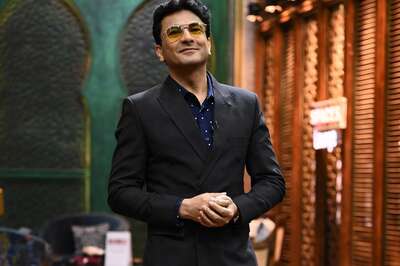

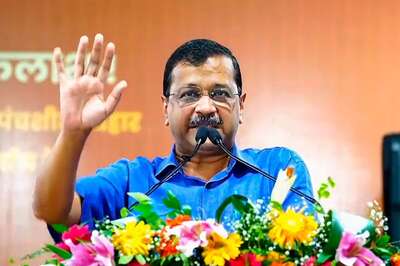

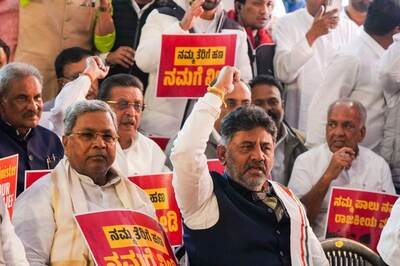
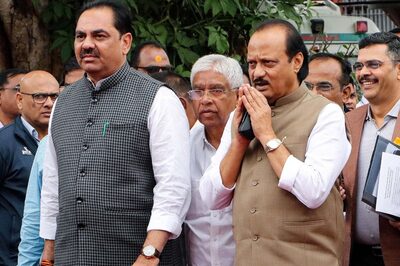

Comments
0 comment